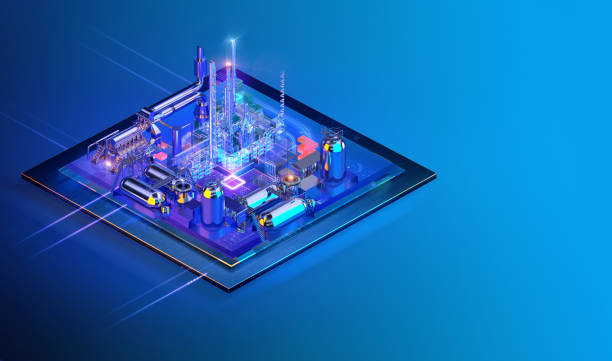Introduction
In the pursuit of sustainable and clean energy sources, nuclear power has emerged as a key player in the global energy landscape. As technology advances, so does the need for sophisticated tools to manage and optimize nuclear power plants. This is where nuclear power software comes into play, revolutionizing the way we harness nuclear energy. In this article, we will explore the significance of nuclear power software, its evolution, and the pivotal role it plays in the future of clean energy.
The Birth of Nuclear Power Software
The inception of nuclear power software can be traced back to the early days of nuclear energy development. As nuclear power plants became more complex, the need for efficient monitoring, control, and analysis became evident. In the mid-20th century, the first generation of nuclear power software emerged, focusing primarily on basic process control and data analysis.
Over the years, the software evolved alongside advancements in computer technology. The second generation of nuclear power software witnessed the integration of graphical user interfaces, allowing operators to interact with the system more intuitively. This marked a significant improvement in the efficiency and safety of nuclear power plants.
Current Landscape of Nuclear Power Software
In the present day, nuclear power software has become an indispensable component of nuclear energy infrastructure. These software solutions are multifaceted, covering various aspects of plant operation, safety, and maintenance. Some key features include:
1. Real-time Monitoring and Control:
Modern nuclear power software provides real-time monitoring of plant parameters, allowing operators to react swiftly to any deviations from normal operating conditions. This enhances overall safety and ensures the optimal performance of the plant.
2. Safety Analysis and Simulation:
Simulation tools within nuclear power software enable operators to assess and analyze potential safety scenarios. This proactive approach helps in identifying and mitigating risks before they escalate, contributing to the overall safety culture of nuclear power.
3. Maintenance Optimization:
Predictive maintenance algorithms are integrated into nuclear power software, enabling plant operators to schedule maintenance activities based on actual equipment condition rather than fixed schedules. This approach reduces downtime and extends the lifespan of critical components.
4. Regulatory Compliance:
Nuclear power plants operate in a highly regulated environment. Software solutions assist in ensuring compliance with stringent safety and environmental regulations, streamlining reporting processes and facilitating audits.
The Future of Nuclear Power Software
Looking ahead, the evolution of nuclear power software is expected to continue, driven by advancements in artificial intelligence (AI) and machine learning (ML). Predictive analytics will play a more prominent role in anticipating equipment failures and optimizing plant performance. AI algorithms can analyze vast amounts of data to identify patterns and anomalies, providing insights that human operators might overlook.
Furthermore, the integration of digital twin technology is on the horizon. A digital twin is a virtual replica of a physical system, and in the context of nuclear power, it can be used for testing and simulating various scenarios without impacting actual plant operations. This technology promises to enhance training, optimize processes, and improve overall plant resilience.
Conclusion
Nuclear power software has come a long way from its humble beginnings, evolving into a sophisticated suite of tools that are integral to the safe and efficient operation of nuclear power plants. As the world strives for a sustainable energy future, the continued development and implementation of advanced nuclear power software will be crucial. By harnessing the power of technology, we can ensure that nuclear energy remains a reliable and clean source of power for generations to come.

